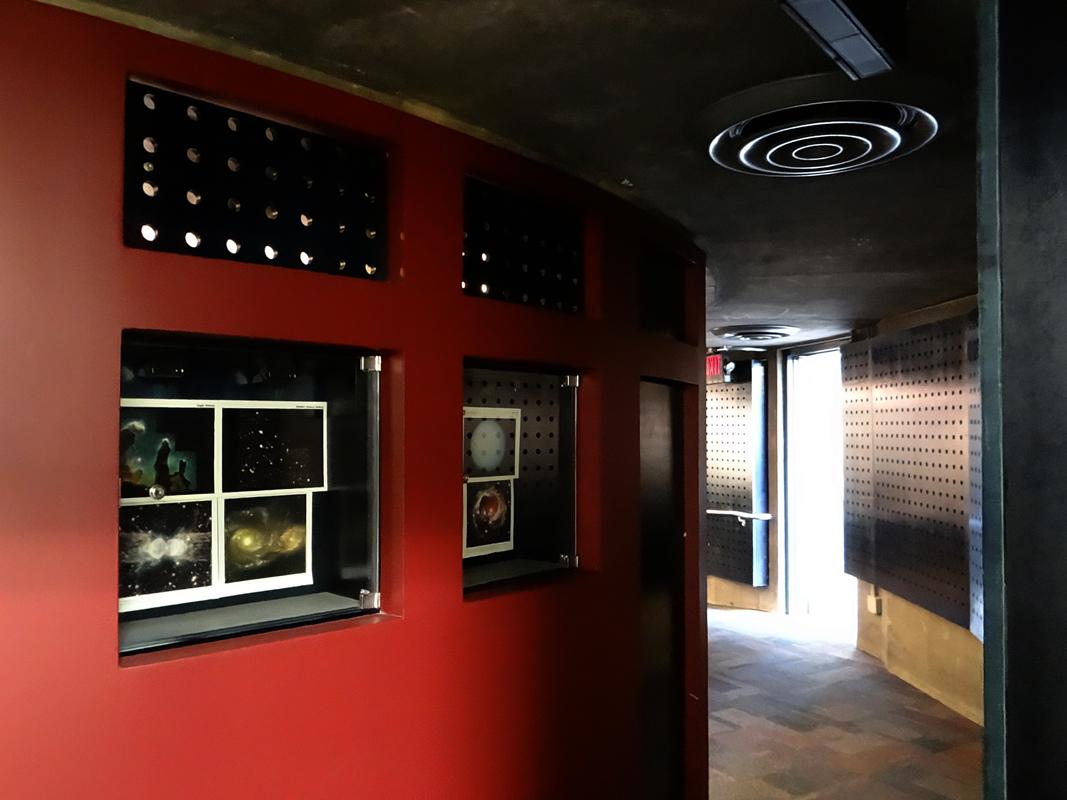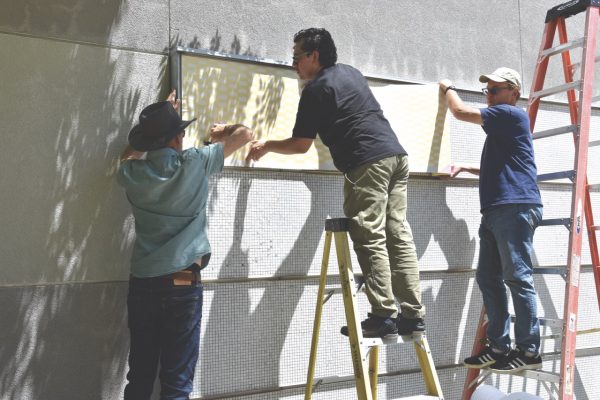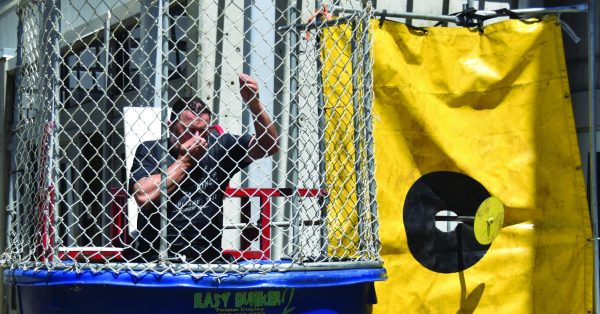Where are the Stars?
The entrance hallway holds the best glimpse of the stars at LMC as the Planetarium hasn’t been working.
Most colleges do not hold Astronomy classes in their Planetarium. Instead, Astronomy classes are taught in a classroom, and the students are brought to the Planetarium on occasion.
These days, students at Los Medanos College do not have the advantage of using their Planetarium. Why? Because it not currently working, and hasn’t been for some time.
Astronomy Professor Scott Cabral said, “The star projector first stopped working in spring of 2012. The leaking capacitors were discovered during the annual preventative maintenance visit in August 2012. LMC’s IT department replaced the capacitors in Fall 2012. Then the computers stopped working again in Spring 2013.”
“LMC’s IT department and the Ash company that does our annual preventative maintenance on the star projector have been currently working together to get the computers fixed.”
When asked how exactly did the Planetarium get into its current condition, Cabral replied that, “their are two computers that ran the star projector, and those computers’ capacitors inside of them began to leak,” not to mention that those computers were about ten years old.
Cabral said, “a star projector is not necessary to give an astronomy lecture, but I have had students tell me that they think they learn the concept material better when the projector is used as part of the lecture”, showing the importance of the Planetarium for students to understand core concepts.
The Planetarium was built in 1974 when the college was first constructed. It originally had small, plastic seats, a crude control panel without the special effects projectors, somewhat ugly wall treatments and carpets and a Spitz A-3, a simple star projector.
In 2003, Dr. Kate Boisvert, who started teaching astronomy at Los Medanos in 1974 supervised a massive renovation of the Planetarium that included a new floor, new carpet, seats, wall panels, special effects projects, a LCD projector, a CRT projector, an array of audio visual equipment and players, speakers, projector windows in the dome, a dome cleaning and a dome painting. There were also new lights put in the catwalk. The cost of the renovation was $300,000.
Then LMC got a new star projector, called a GOTO CHRONOS from the GOTO Company in Japan. They also received a new star projector elevator from the Spitz Company and a new auxiliary special effects system from the Ash Company. The star projector was run by two computers in a new GOTO control console and the Ash auxiliary system was run by a third computer.
The star projector and control console cost $400,000. The star projector showed 8,000 stars along with constellation overlays, the Milky Way, the planets, the Moon and many imaginary lines like the celestial equator and the ecliptic. LMC was the second college in the country to get a CHRONOS projector.
IT Manager Michael Becker said that there are a lot of details on the reconstruction of the Planetarium that are still underway. Many things are still undetermined but they are still working towards an entire renovation of the Planetarium.
The sooner the Planetarium gets back up and running the faster Professor Cabral can do what he does best, brighten the minds of young people with the visually fascinating and brilliant displays and lectures that can only be delivered with the help of the beloved Planetarium.






